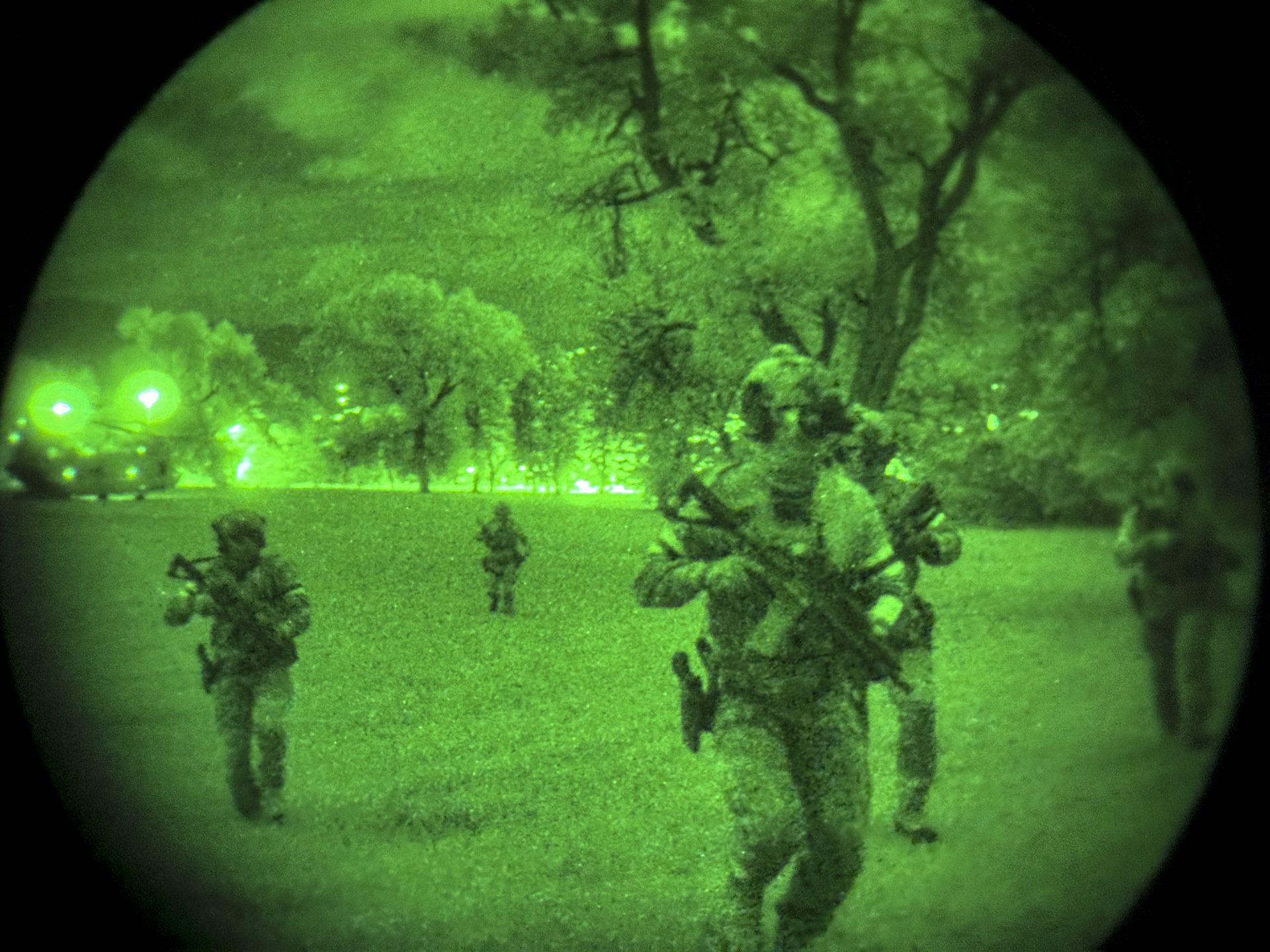The Villa Verde Trail: A Strategic Engagement in the Luzon Campaign
Overview
The Villa Verde Trail, stretching 27 miles through the mountainous terrain of northern Luzon in the Philippines, became a focal point in the fierce combat of World War II. Deeply embedded along this narrow, heavily forested route were approximately 8,000 troops of General Tomoyuki Yamashita’s Shobu force, a division noted for its cohesion and tenacity.
Strategic Importance
The trail intersected with Highway 5, a critical supply route for Japanese forces. Gaining control of this path was paramount for the Allied operations aimed at securing access to key regions such as the Cagayan Valley. General Walter Krueger, the commander of the Sixth Army, recognized the challenges inherent to this terrain.
“The enemy had made effective use of the landscape, which—characterized by sharp ridges and deep ravines—was ideally suited for defensive operations. Numerous caves and well-situated observation posts allowed the enemy to maximize the effectiveness of their artillery,” noted General Krueger. “My observations led me to conclude that advancing along the Villa Verde Trail would be both costly and protracted.”
Japanese Defensive Considerations
From the Japanese perspective, maintaining control over the Philippines was essential. The potential loss of the islands would jeopardize Japan’s access to vital resources, including food and oil supplies from Southeast Asia. Retaining the strategic Caraballo Mountains was critical to their overall strategy.
The U.S. Army’s Red Arrow Division
Tasked with the difficult mission of dislodging entrenched Japanese forces was the U.S. Army’s 32nd Infantry Division, famously known as the “Red Arrow Division,” led by Major General William Hanson Gill.
Operation Overview
Commencing on February 21, 1945, the division engaged in a grueling 119-day campaign under severe conditions, marked by:
- Constant skirmishes: Frequent encounters with the enemy resulted in intense close-quarters combat.
- Limited territorial gain: The division often advanced only 35 yards a day due to the challenging conditions.
Despite suffering minimal recognition outside military circles, the 32nd Division’s valor was evident, earning:
- 28 Silver Stars
- 20 Distinguished Service Crosses
- 4 Medals of Honor
The Gallant Actions of Pfc. David M. Gonzales
A particularly notable act of valor came from Private First Class David M. Gonzales. Born on June 9, 1923, in Pacoima Park, California, he enlisted in March 1944 and served in Company A, 127th Infantry.
On April 25, 1945, during a fierce engagement at the First Salacsac Pass, mishaps occurred as aerial bombardment inadvertently struck his unit, burying five soldiers. Pfc. Gonzales, undeterred by enemy fire, used an entrenching tool to rescue his comrades. Tragically, he sustained fatal injuries while aiding others, illustrating the profound sacrifices made during this operation.
Casualties and Consequences
After months of relentless fighting, the 32nd Division achieved its objectives but suffered substantial losses:
- Total casualties: 825 killed, 2,160 wounded, and 6,000 evacuated primarily due to disease and exhaustion.
- Japanese losses: Approximately 5,750 casualties.
In the aftermath, General Gill reflected on the arduous campaign, asserting that the division “had gained too little for what it had lost.”
The Surrender of General Yamashita
On September 2, 1945, General Yamashita surrendered to the 32nd Infantry Division. During an official interrogation, he acknowledged the prowess of the division, citing it as the most formidable force his troops had encountered in both Leyte and Luzon.
The surrender was termed “a glorious finish to this long bitter struggle” by Gill, emphasizing the significance of this moment in the broader narrative of the war.
Posthumous Recognition and Legacy
Following the war, the accolades continued. Captain Sheldon M. Dannelly, who exemplified extraordinary leadership, received a posthumous oak leaf cluster. Meanwhile, Pfc. Gonzales was posthumously awarded the Medal of Honor, although a mix-up regarding his photo persisted for decades until corrected in 2002.
Gonzales’s remains were eventually laid to rest in San Fernando, California. His legacy is honored through various memorials, including a recreation center and an interchange named in his honor.
Conclusion
The Villa Verde Trail remains a poignant symbol of sacrifice and valor in military history. The lessons learned from this campaign continue to inform modern military strategy and the importance of understanding and adapting to challenging terrains in conflict situations.





